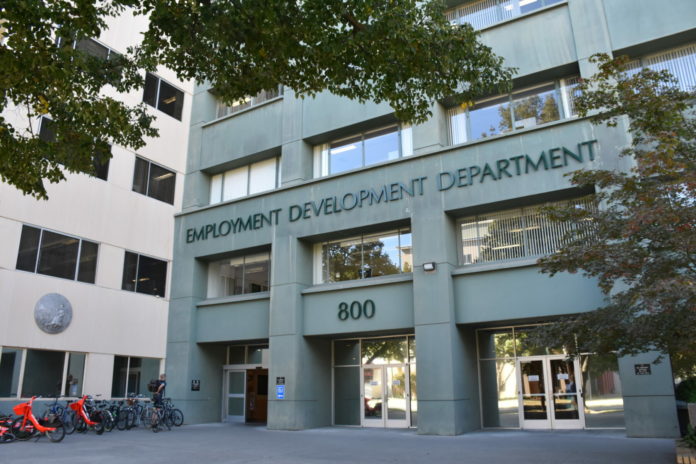Los Angeles County’s unemployment rate fell to 5.2% in May from a revised 5.4% in April. Employers in the county added nearly 10,000 jobs to their payrolls as more people resumed normal activities despite the pandemic, according to state figures released June 18.
The unemployment rate drop came despite the county’s labor force increasing by 14,000 to 5.06 million people, according to figures released by the state Employment Development Department. One reason the labor force typically grows is more people enter the market seeking employment.
May’s 5.2% unemployment rate was the lowest seen since the pandemic first hit in March 2020 and was a significant improvement over the 9.7% unemployment rate in May of last year. The rate has fallen by more than two-thirds since the maximum pandemic-related shutdown of the economy in May 2020, when it peaked at 19.2%.
Yet L.A. County’s unemployment rate continued to lag downward progress statewide, where the rate stood at 4.3% in May. And it was substantially higher than the national unemployment rate of 3.6%.
The EDD also released a breakdown of unemployment rates for cities within the county; those rates differ from the countywide average because they are not adjusted for seasonal factors like holiday hiring. The two largest cities, Los Angeles and Long Beach, each posted seasonally unadjusted rates of 4.6%.
Among other cities in the San Fernando, Santa Clarita and Antelope valleys with workforces exceeding 10,000 people, Lancaster and Palmdale had the highest unemployment rates, at 6.9% and 6.7% respectively. Calabasas was the next highest at 5.9%, followed by Burbank at 5.6%. Glendale and Santa Clarita had the lowest rates at 4.3% and 4.2% respectively.
Meanwhile, employers in L.A. County reported a net 9,700 more jobs on their payrolls in May than in April, slightly down from the 14,000-job increase that took place between March and April.
With this job gain, the county has now gained back roughly 670,000 – or 85% – of the 785,000 payroll jobs lost during the first pandemic lockdown in the spring of 2020. But it still leaves the county about 115,000 payroll jobs short of the pre-pandemic peak of 4.62 million payroll jobs reached in February 2020.
The EDD also released a seasonally adjusted set of payroll jobs figures showing a gain of about 5,200 jobs in May.
Leading the payroll job gains in May was the accommodation/food services sector with a jump of 5,800 jobs. Restaurants comprised the majority of that gain, adding a net 3,600 payroll jobs.
Next was the real estate/rental and leasing sector, which gained 2,900 jobs. It’s the first time during this recovery that this sector has been listed among the major job gainers. But with the recent rises in interest rates, it’s not clear whether this gain can be sustained.
In another unusual development, the professional and business services sector – usually among the big job gainers – led the losing sectors with a net drop of 4,500 payroll jobs. Private-sector education was next, shedding nearly 3,000 jobs as some schools wrapped up their academic years. The retail trade sector also lost a net 3,000 jobs in May.
Since May of last year, the county added a net 231,000 jobs, for a gain of 5.4%. Every significant sector of the Los Angles economy shared in that gain, led by a net increase of 54,000 jobs in accommodation/food services. Professional/business services was next, with a gain of 29,000 jobs. Private education and health care/social assistance each gained about 18,000 jobs during that 12-month period.
